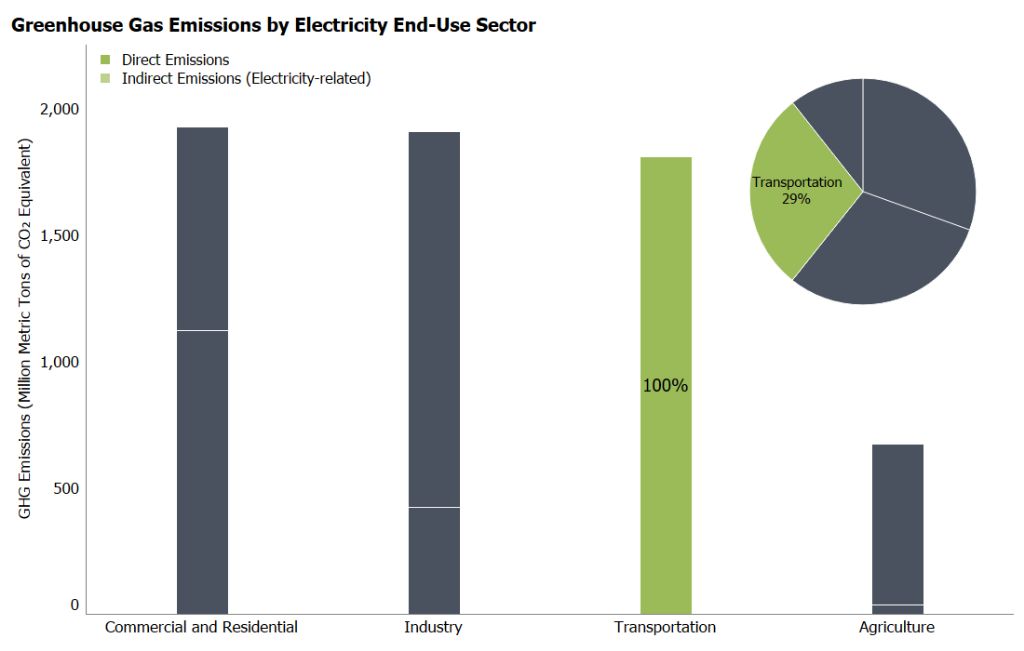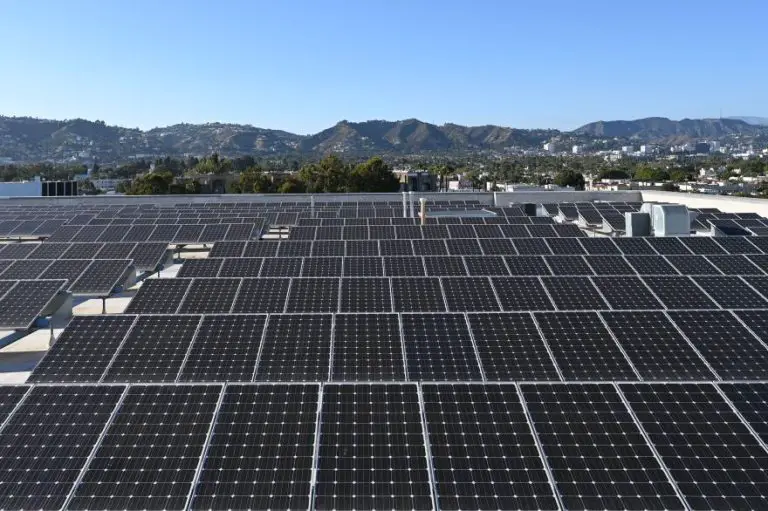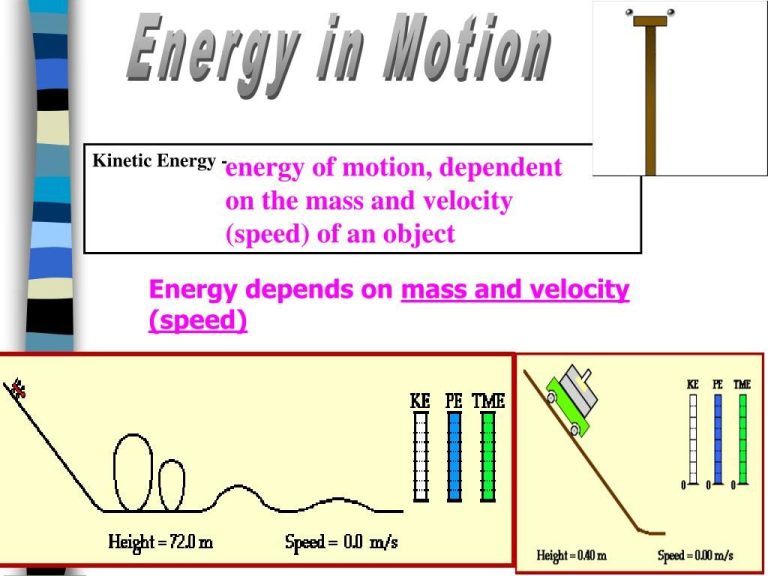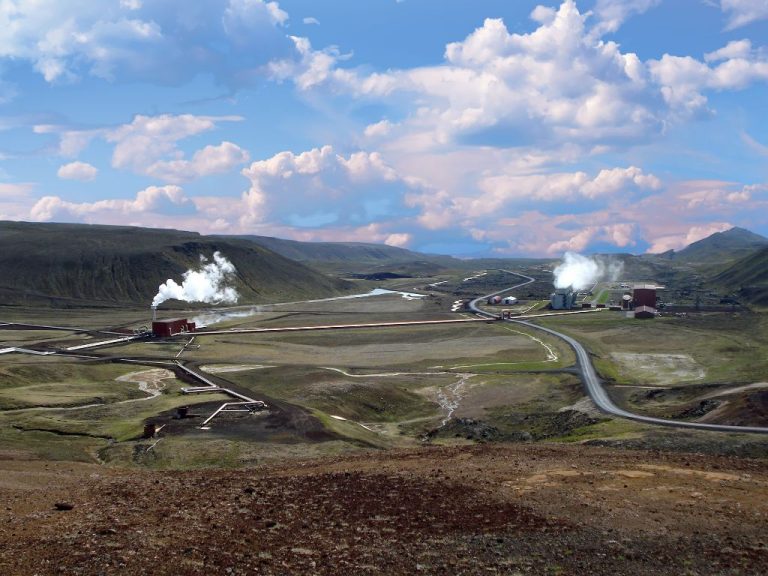What Are The Pros And Cons Of Nonrenewable Resources?
Definition of Nonrenewable Resources
Nonrenewable resources are natural resources that cannot be readily replaced by natural means at the same rates that they are consumed. These finite resources take thousands to millions of years to form naturally. Once depleted, nonrenewable resources are essentially gone. The most notable examples of nonrenewable resources are fossil fuels like oil, natural gas and coal, which are the remains of ancient plants and animals that lived hundreds of millions of years ago. Other key nonrenewable resources include metals like gold, copper and aluminum that are mined from finite deposits in the earth’s crust.
The core aspect of nonrenewable resources is that they exist in fixed or limited supplies that cannot be replenished in a short time frame relative to their rate of consumption. Extracting and using these finite resources is unsustainable over the long-term, since the world’s supply will eventually dwindle and become too scarce or expensive to retrieve. This makes nonrenewable resources inherently different from renewable natural resources like wind, solar and hydro energy that can be replenished naturally.
Pros of Nonrenewable Resources
Nonrenewable resources like oil, natural gas, and coal offer several benefits that have made them integral to the global economy and energy supply. Some key advantages of nonrenewable resources include:
Cheap and Reliable
Fossil fuels like coal and natural gas are plentiful and inexpensive to extract and process compared to many alternative energy sources. This has kept energy costs low. Fossil fuel infrastructure is well-established, and the energy return on investment for extraction remains high, enabling reliable access to energy.
High Energy Density
Nonrenewables like oil and gasoline have very high energy densities, meaning a small volume contains a lot of potential energy. This makes them easy to transport and store. The high energy density of fossil fuels also enables applications requiring concentrated power like airplanes, heavy machinery, and rockets.
Major Role in Economy
Due to their abundance, reliability, and energy density, nonrenewables like coal and oil have become deeply embedded into the global economy, powering manufacturing, agriculture, and transportation. The fossil fuel industry provides employment for millions and generates significant tax revenue that governments rely on.
Cons of Nonrenewable Resources
Nonrenewable resources like coal, oil and natural gas have significant downsides alongside their benefits. The most serious cons involve environmental damage, health hazards, finite supplies, and price volatility.
Burning fossil fuels releases pollutants like sulfur dioxide, nitrogen oxides and particulate matter into the air. These can cause smog, acid rain and respiratory illnesses. Extracting and transporting fossil fuels also carries environmental risks like oil spills. And when burned, they produce carbon emissions that drive climate change, raising temperatures, boosting sea levels and intensifying extreme weather.
Fossil fuel extraction, transport and combustion impacts public health. Pollution from coal plants alone contributes to over 20,000 premature deaths in the U.S. annually. Those living near extraction sites or power plants suffer elevated risks of respiratory, cardiovascular and neurological disorders from exposure to toxins.
Coal, oil and natural gas are nonrenewable on human timescales, meaning they do not replenish quickly enough to keep pace with consumption. Global supply is finite and localized deposits eventually become depleted. Reserves are increasingly hard to reach technically and economically. The International Energy Agency predicts oil demand will plateau in the 2030s as resources diminish.
Scarcity leads to oil and natural gas price volatility influenced by demand shifts, geopolitical instability and production costs. Such fluctuations strain national economies and household budgets. Energy prices and supply uncertainty will likely grow over coming decades as finite reserves decline further.
Fossil Fuels
The main nonrenewable resources used today are fossil fuels such as oil, coal, and natural gas. Fossil fuels formed from the remains of organic matter that decayed millions of years ago and became trapped underground. They provide about 80% of the world’s energy supply and are a major part of the global economy.
Oil, also known as petroleum, is a liquid fossil fuel that comes from crude oil and is refined into gasoline, diesel, and many other products. It powers most transportation worldwide from cars to jets. Coal is a solid fossil fuel that is burned to generate electricity, provide heat, and make steel. Coal fueled the Industrial Revolution and remains a major electricity source. Natural gas is a gaseous fossil fuel composed mainly of methane. It is used for heating, cooking, electricity generation, and chemical production.
Fossil fuels have high energy density and are relatively inexpensive to extract and use. The infrastructure, technology, and industrial systems built around them have powered economic growth over the past century. However, they are nonrenewable on human timescales and their large-scale combustion increases greenhouse gases in the atmosphere, contributing significantly to global warming and climate change.
Economic Dependence
The modern economy relies heavily on nonrenewable resources like oil, natural gas, and coal to power homes, businesses, transportation, and manufacturing. Fossil fuels provide over 80% of the world’s energy needs, so our entire economic system is built around their extraction, processing, and consumption.
Oil powers the majority of cars, trucks, ships, and planes that move people and goods around the globe. Natural gas generates electricity and heats buildings for billions of people. Coal continues to be a major electricity source in many countries despite its high emissions.
The world has developed extensive infrastructure for finding, extracting, transporting, and refining fossil fuels. Major corporations, small businesses, governments, and consumers are all invested in the status quo of nonrenewable energy. It supports millions of jobs in drilling, mining, pipelines, refining, power plants, gas stations, and more.
Transitioning such a large, complex system away from nonrenewables is extremely challenging, both technically and politically. There is strong economic inertia to continue relying on what has worked for decades. However, dependence on finite resources that degrade the environment is ultimately unsustainable. The renewable energy transition is growing but still has a long way to go.
Environmental Impact
The use of nonrenewable resources like fossil fuels has had significant negative effects on the environment. Burning fossil fuels releases greenhouse gases like carbon dioxide that contribute to climate change. According to EPA data, the burning of fossil fuels accounts for over 75% of global greenhouse gas emissions. This has led to rising global temperatures, melting ice caps, rising sea levels, and more extreme weather events.

Extracting fossil fuels also often requires practices like fracking and offshore drilling which can pollute waterways, disrupt wildlife habitats, and release harmful chemicals. Coal mining through mountaintop removal devastates large areas of land. Deforestation for palm oil plantations threatens rainforests and the diverse species they support. These practices highlight how the use of nonrenewable resources destroys natural habitats and harms biodiversity.
In addition, the transport and processing of fossil fuels leads to further pollution of air and water through chemical leaks and spills. This creates health hazards for surrounding communities. The American Lung Association estimates that air pollution from the oil, gas, and coal industries contributes to over 200,000 asthma attacks per year in the U.S. alone. It’s clear that the widespread use of nonrenewable resources has taken a heavy toll on the health of the planet with long-term consequences. The environmental impact poses a significant challenge as we work to transition toward more sustainable energy sources.
Renewable Alternatives
To reduce dependence on nonrenewable resources, many countries are transitioning to renewable energy sources such as solar, wind, hydroelectric, and geothermal power. These sources are considered renewable because they are continuously replenished by nature.
Solar power harnesses energy from the sun using photovoltaic cells that convert sunlight into electricity. Solar energy has become dramatically cheaper and more efficient in recent years. Large-scale solar farms can provide power to the electricity grid, while rooftop solar panels allow households to generate their own electricity.
Wind power uses large wind turbines to generate electricity. Wind farms have cropped up across the world, both onshore and offshore. According to the Global Wind Energy Council, wind power could supply up to 20% of global electricity by 2030 with further growth expected.
Hydropower utilizes the energy of flowing water, often by damming rivers. Hydropower is one of the oldest sources of renewable energy and currently makes up around 16% of global electricity generation. However, building large dams can negatively impact local ecosystems.
Geothermal power taps into natural reservoirs of heat beneath the earth’s surface to produce steam that drives electricity generators. While geothermal energy has enormous potential, current technology only allows it to be harnessed in certain locations.
Transition Challenges
The transition from nonrenewable resources like fossil fuels to renewable energy sources poses some significant challenges. The high upfront costs and infrastructure changes required make the shift difficult.
Renewable energy technologies like solar, wind, geothermal, and hydropower can require high initial investments. Building solar farms, wind turbines, dams, and other renewable infrastructure is capital intensive. Fossil fuel power plants, pipelines, transmission lines, and other existing systems have been built up over decades. Replacing that established infrastructure requires spending likely trillions of dollars.
There are also technological hurdles around things like energy storage and transmission that must be overcome to transition to renewables. The intermittent nature of solar and wind power means ideal storage solutions like utility-scale batteries are needed. New transmission infrastructure can help connect renewable energy from the areas where it’s generated best to population centers.
The costs and effort needed to overhaul energy infrastructure globally will not happen overnight. But many experts argue the investments are worthwhile to mitigate climate change and build sustainable energy systems. Government incentives can help accelerate the transition, and costs are coming down as technology advances.
Energy Conservation
One of the most effective ways to reduce our reliance on nonrenewable resources is through energy conservation. This involves efforts to use energy more efficiently and reduce waste. Some ways we can conserve energy include:
– Using more efficient appliances and electronics. Replacing older models with Energy Star certified devices can significantly cut energy use.
– Improving home insulation to prevent heat loss in winter and heat gain in summer. Proper insulation and sealing of air leaks can reduce energy consumption by up to 20%.
– Switching to LED light bulbs which use at least 75% less energy and last much longer than traditional incandescent bulbs.
– Adjusting thermostats to an energy-saving setting. Keeping your thermostat just 2 degrees warmer in summer or cooler in winter can reduce heating/cooling costs by up to 10%.
– Reducing waste and unnecessary energy use by turning off lights and electronics when not in use. Use energy-saving settings on computers and monitors.
– Maintaining and upgrading equipment to operate more efficiently. A well-tuned heating and cooling system can save up to 5% on energy bills.
– Improving transportation efficiency through options like public transit, carpooling, biking, and electric vehicles. Reducing gasoline use cuts nonrenewable resource consumption.
Simple behavioral changes and home improvements can make a real dent in energy waste and help conserve our limited nonrenewable resources.
The Future
The future outlook for nonrenewable resource usage is complex. While the world remains heavily dependent on fossil fuels like oil, coal, and natural gas, there are growing efforts to transition to renewable energy sources. Reducing dependence on nonrenewables is critical for both environmental and economic reasons.
Many experts predict renewable energy, especially solar and wind, will continue to expand its share of global energy production. Improvements in renewable technology and cost declines are making these alternatives more viable. However, nonrenewables are deeply embedded in our transportation systems, electricity generation, and manufacturing processes. Phasing them out will take time.
Energy conservation and efficiency will play a crucial role in reducing fossil fuel dependence. Transitioning to electric vehicles, improving home insulation, and designing energy-efficient appliances can lower energy demand. Government policies like carbon pricing and clean energy incentives will also shape the trajectory away from nonrenewable reliance. Overall, the future will likely see a gradual decoupling from fossil fuels rather than an abrupt shift. Careful planning and cooperation between the public and private sectors is needed to ensure this transition benefits society.





